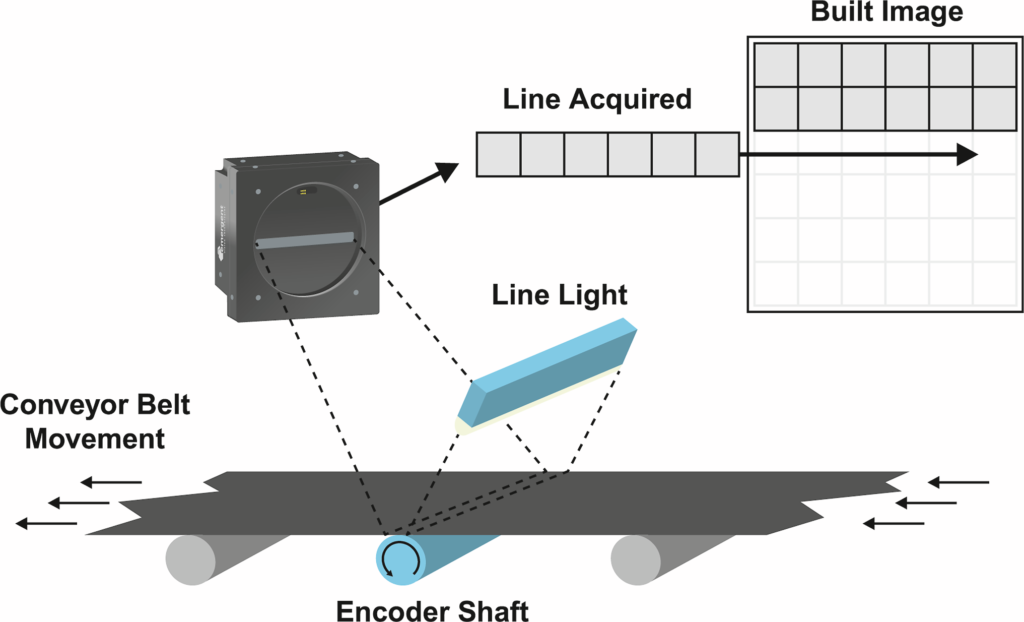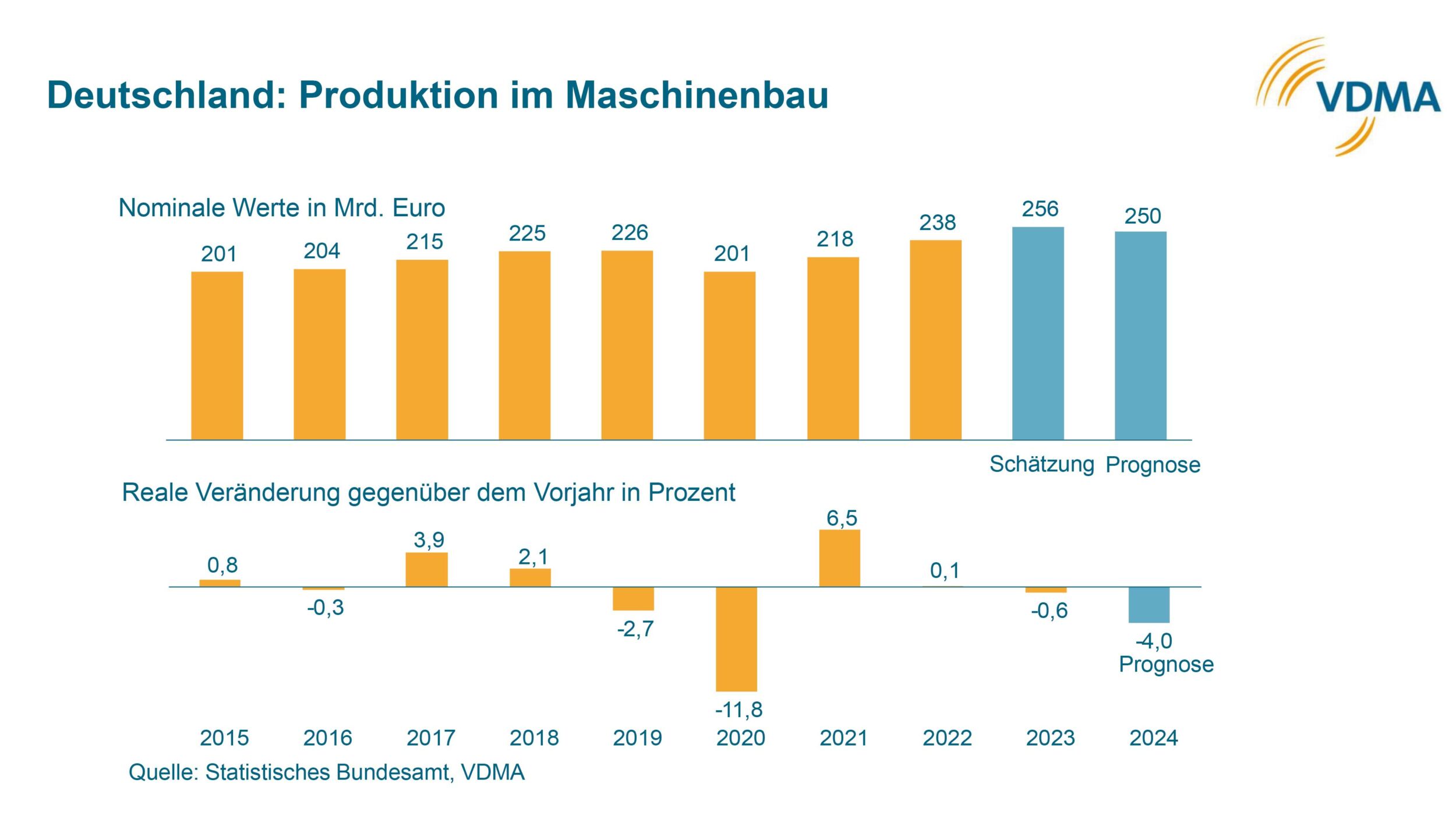
Advancements in speed are largely driven by the availability of innovative CMOS image sensors, which are in turn driven by these high-speed application requirements. Many applications today require higher resolution images than ever before, but without the highest speed interfaces, line rates do not meet these requirements. With the release of 100GigE line scan cameras, systems integrators and OEMs now have options when it comes to designing and specifying a machine vision system.
16K Camera Reaches 400kHz
Emergent has introduced a new 100GigE line scan camera, the Pinnacle LZ-16KG5 (Figure 2), based on the 16K x 16-pixel Gpixel GL5016 CMOS image sensor. Through a high-speed 100GigE QSFP28 interface, this camera reaches a top single line rate of 400kHz and a trilinear rate of 133kHz, offering unprecedented speeds for today’s challenging machine vision applications. The LZ-16KG5 offers the highest resolution (16Kx16) for applications that require large images at high speeds. The GL5016 sensor features a 5×5 µm pixel cell size and a 81.9mm sensor scanning width. Additional camera features include standard M86 mount, 1s-1s exposure/integration time, 66dB dynamic range, flat shading and spatial corrections, and Windows and Linux O/S compatibility. The camera is available in monochrome and color options, is GigE Vision and GenICam compliant, and allows cable lengths from 1m up to 10km without the need for costly fiber converters/repeaters. The nearest competing solutions must utilize multiple frame grabber cards alongside of the camera compared to the single card 100G solution Emergent has to offer – in fact, Emergent can support two such 100GigE cameras on the same dual port NIC.

High-Speed TDI Imaging
Furthermore, Emergent has introduced the TLZ-9KG5 Time Delay Integration (TDI) line scan camera, which is based on the Gpixel 9K 256 TDI GLT5009BSI CMOS image sensor. The TDI line scan imaging method increases sensitivity by oversampling a scene across multiple line sensors that are synchronized in a time-delayed method with the relative motion between the scene and line sensors. In TDI imaging, combining the charges from multiple line sensors allows the signal-to-noise ratio to increase, producing images with sufficient contrast at ultra-high speeds.
With the new TLZ-9KG5 100GigE camera, end users can reach single line speeds of up to 608kHz at 9K resolution.
The GLT5009BSI sensors offers a 5×5µm pixel cell size and a 45.36mm sensor scanning width. Additional features include M52 mount, 1s-1s exposure/integration time, 66dB dynamic range, flat shading and spatial corrections, and Windows and Linux O/S compatibility.
10GigE, 25GigE, and 100Gige NICs

Beyond the new 100GigE line scan camera models, Emergent offers several 25GigE and 10GigE line scan cameras. In the Accel series of 25GigE cameras, models are available in monochrome and color and feature 8Kx4, 8Kx16, 9K 256 TDI, 16Kx2, and 16Kx16 CMOS image sensors from Gpixel. In this series, cameras can reach single line rates up to 300kHz and trilinear line rates of 100kHz. In the Pace LR (10GigE SFP+) series, models are available in monochrome and color and feature 4Kx2, 8Kx4, 8Kx16, 9K 256 TDI, 16Kx2, and 16Kx16 CMOS image sensors from Gpixel. Pace cameras reach up to 172kHz in single line mode and up to 57kHz in trilinear mode. In the Pace LT (10GigE RJ45) series, the LT-8KG camera is offered with monochrome and color versions of Gpixel’s GL0816 CMOS image sensor, with speeds of up to 137kHz in single line mode and 45kHz in trilinear mode.
Furthermore, Emergent now offers its own line of network interface cards (NICs) designed to enable customers to get the most out of their ultra-high-speed cameras. This includes 10GigE, 25GigE, and 100GigE NICs (Figure 3), which deliver the most optimal performance for any video stream with minimal system memory utilization, along with low-latency and low-jitter capabilities. The NICs also feature real-time, front-panel 5V TTL trigger input for added flexibility, along with support for the GigE Vision Streaming Protocol (GVSP), Windows and Linux operating systems, GPUDirect, and camera multiplexing and multicasting with switches.
www.emergentvisiontec.com












